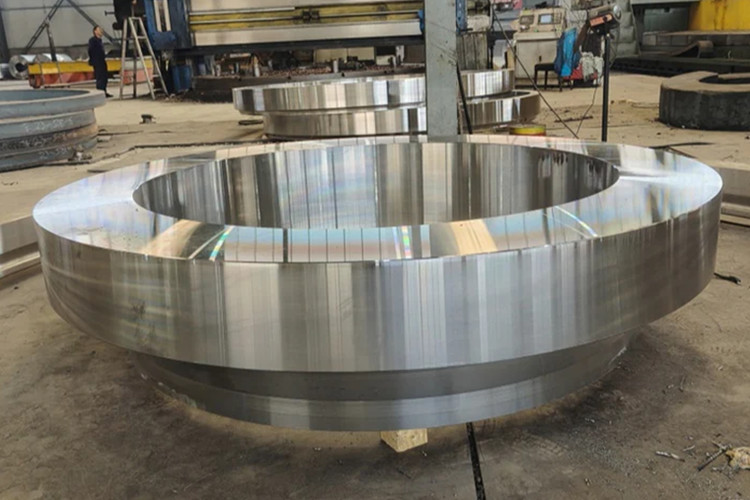- tyler@kirail.com
- +86 15603721115
Due to the high cost of raw materials for large forgings and the complex production process, once defects occur, subsequent processing will be affected or the processing quality will be reduced. Some even seriously affect the performance and use effect of forgings, reduce the service life of finished parts, and endanger safety. Therefore, in order to ensure or improve the quality of large forgings, in addition to strengthening quality control in the production process and taking corresponding measures to eliminate the occurrence of forging defects, necessary quality inspections should be carried out to prevent defects from flowing to subsequent processes and causing adverse effects on the performance of forgings.
Therefore, in a sense, forging quality inspection, on the one hand, is to control the quality of forged parts, and on the other hand, it is to point out the direction of improvement for the forging process to ensure that the quality of forgings meets the requirements of forging technical standards and meets the requirements of design, processing and use.

The quality inspection of large forgings includes the inspection of appearance quality and internal quality. Appearance quality inspection mainly refers to the inspection of geometric dimensions, shapes, surface conditions and other items of forgings; internal quality inspection mainly refers to the inspection of chemical composition, macrostructure, microstructure and mechanical properties of forgings.
Since the parts made of forgings have different stress distribution, importance, working conditions during use, and different materials and metallurgical processes, different departments classify forgings separately according to the above situation and the requirements of the International Langmen, and different departments and different standards classify forgings differently.
In any case, the quality inspection of large forgings is generally inseparable from two major types of inspections, namely, the inspection of appearance quality and internal quality, but the specific inspection items, inspection quantity and inspection requirements are different for different types of forgings. For example, some industrial departments classify structural steel, stainless steel, and heat-resistant steel forgings into Class IV for inspection, some departments classify aluminum alloy forgings and die forgings into Class I for inspection according to their use, and some departments classify aluminum alloy and steel alloy forgings into Class IV for inspection.